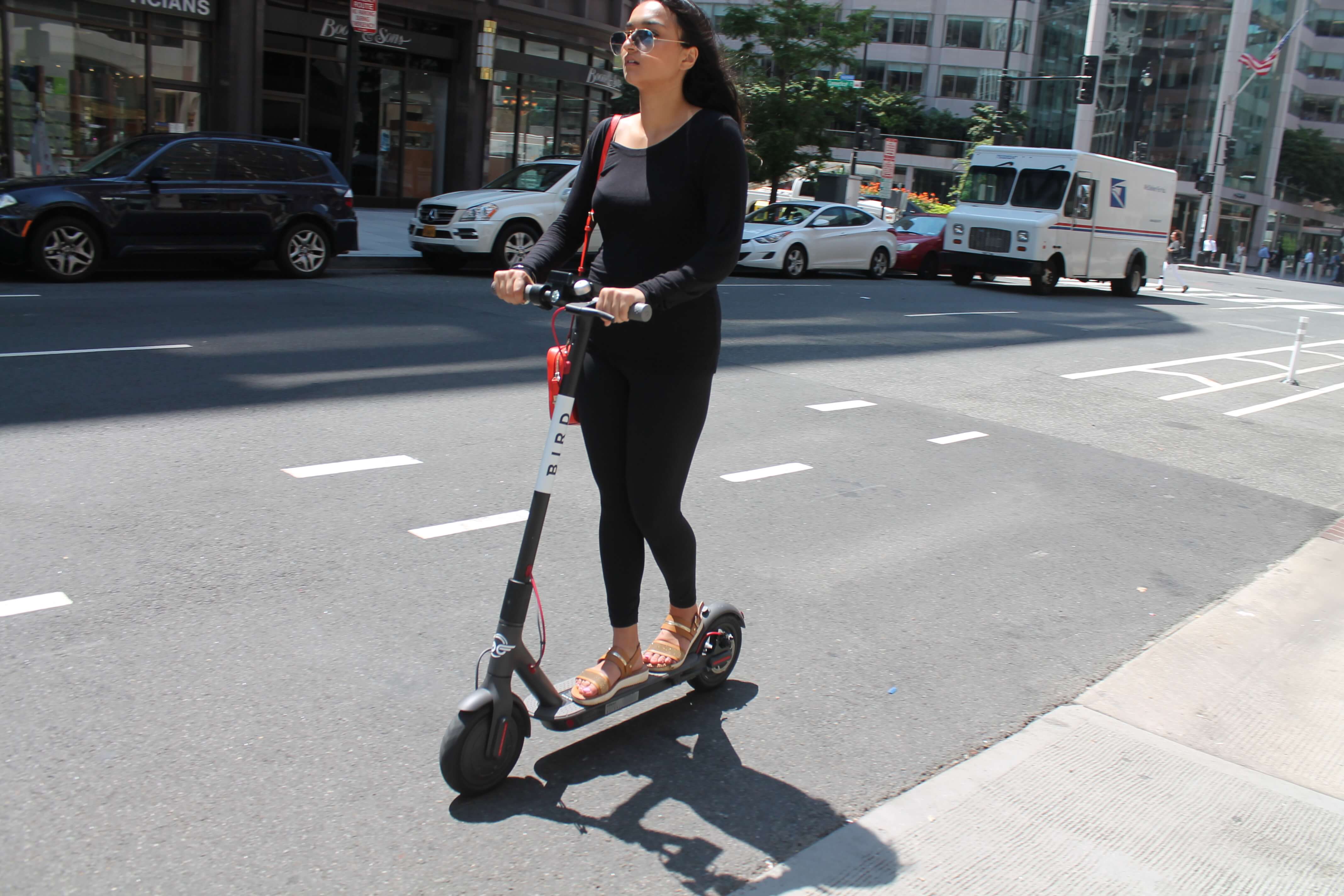
By Dylan Jones, AIA, and Daniel Cifuentes, AIA
Not so long ago, hitchhiking was frowned upon as an unsafe and questionable mobility option. Though the practice spoke to romanticized notions of freedom and the open road, and was often reflected in popular music and film, the practice remained a fringe option mostly in rural settings. It was thus no surprise that when news broke in 2009 that new applications designed for use on the newly launched iPhone supported casual ride sharing, many replied with the sentiment, “Who’s going to get into a stranger’s car?” It turns out, just about all of us are willing to!
Ridesharing has proven to be a major disruptor to the contemporary city. With the introduction of smartphone-enabled technology, users request a pickup and ride from anywhere in the city with the push of a button. People everywhere have a viable and affordable option to car ownership, and have become untethered from fixed-route transit services and overdependence on a singular mode.
Meanwhile, a growing number of people have been able to put their otherwise idle cars to work in return for much-needed employment or extra spending money.
Getting Where We Need to Go
Uber and Lyft are the two biggest rideshare companies, and their growth and integration into our communities has paralleled the migration of young people moving into city centers. These individuals, often suffering from soaring student debt and stagnated wage opportunities, prefer the sharing economy over the traditional ownership model, and have created a cultural renaissance in the urban cores of American cities. Ridesharing has supported the ability of young people to live in urban cores without the high costs of car ownership, and also provided a flexible and viable employment option in what is known as the “gig economy,” where individuals contract in short durations, supported by app-based payment systems.
Rideshare Offers Mobility and Options
As of January 2019, 36% of Americans say they have at one point used a ride-hailing service, up from just a mere 15% in late 2015, according to the Pew Research Center.
The continued increase in ride-hailing usage and the eventual implementation of ridesharing fleet services by mobility companies such as Tesla, Waymo, Cruze and others will accelerate the reduction in car ownership in an effort to lower the total dollars spent per trip.
In tandem with this reenergizing of the urban core, alternative modes of transit such as e-scooters, bike share, and traditional public transportation networks (e.g., bus and light rail) are being combined by city center residents, providing numerous choices on how to complete daily trips.
Urban residents piece together segments based on comfort, speed, convenience or cost, and can vary routines based on their needs as they change and evolve. We are moving from a mono-modal to a multi-modal model, where we are no longer tied to just one option to get where we want to go.
Micro-mobility Options and Challenges
The big disruption in the ridesharing space now is in “micro-mobility,” most commonly associated with electric scooter and bike share programs proliferating in cities all over the world. These new modes are reflective of the fact that over half of all trips taken are less than 5 miles, and the growing efficiency of high-capacity lithium batteries support new and fun ways of making these trips at a fraction of the cost of operating a full-sized vehicle.
These alternative modes of mobility in the new sharing economy have not come without their challenges. There is no infrastructure in place to support a growing spectrum of new micro-mobility devices beyond a few painted bike lanes—where they exist. Riders are mixing with high-speed traffic, or crowding sidewalks.
A University of British Columbia report on bicyclist safety found that having protected lanes for bikes, which if applied in a larger width could also be shared with electric scooters/cruisers, would reduce the risk of injury by an astounding 90% in comparison to wide streets with parked cars and no bike infrastructure. A third lane is desperately needed.
Furthermore, our curbs were designed for long-term parking, not pick-ups and drop-offs in large numbers. New methods for managing the curbs are desperately needed to account for the increased demand for pick-up/drop-off activity.
Looking Toward Future Needs
One compelling effect of the boom in ride-hailing services is the reduction of vehicular parking spaces required of land owners by planning departments. This opportunity for parking reductions might manifest itself on the urban context in a variety of ways. Architects are working to future-proof projects through a careful consideration of parking structure design. Parking structures are being designed with flat plates and floor-to-floor heights for future re-positioning as office, retail, residential units or charging stations for e-mobility fleets.
Ridesharing has disrupted our very notion of getting into a stranger’s car, overwhelmingly for the good. Now our cities are evolving and opening up to a cultural renaissance, in part supported by the access and opportunities ridesharing is providing.
Gensler recently participated with Uber to design a concept called the Skyport Mobility Hub, which could potentially serve as a gathering point for various autonomous fleets, e-scooters, and even the forward-looking aerial rideshare model. This aerial model relies on the use of eVTOL (electric vertical takeoff and landing) vehicles to reduce the amount of time that urban dwellers spend in congestion.
With all of these options and alternatives to move throughout the modern city, the barrier to mobility will be lowered, our environmental footprint will be reduced, and the connective urban fabric for city users will be strengthened.
Dylan Jones, AIA, is a senior associate at Gensler. He is an architect and urban strategist with nearly 20 years of experience providing planning and design services to both private and public sector clients. Jones works at the intersection of private development and public infrastructure, believing mobility is a core building block of the 21st-century sustainable city. He currently leads Gensler’s Mobility Lab, which focuses on the role mobility plays in shaping our future cities.
Daniel Cifuentes, AIA, is a project architect at Gensler. He is an architect and urban designer with 8 years of experience working on projects that involve the public realm and private sector integration. His work strives to create dynamic cities through a thoughtful pedestrian experience, social and economic resilience, and equal access to amenity infrastructure.






